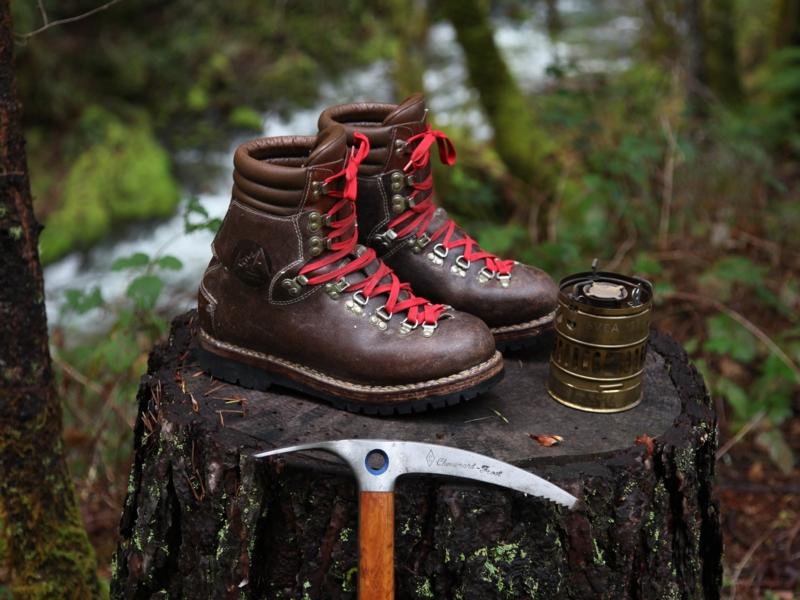If you’re an adrenaline junkie who loves the thrill of climbing mountains, your choice of boots can make or break your experience. Climbing over rocky, snowy or even icy terrain demands proper mountaineering boots which will keep you stabilised and protected. But with the variety of options available with only slight differences between them, choosing the right boots for you may be a complicated matter. With that being said, here are some suggestions which can help steer you into choosing the perfect pair.
Fit
Just like any other type of footwear, mountaineering boots need to fit right and feel good on your feet. Any kind of rubbing, pressure or other discomfort is inexcusable once you set off to conquer the mountains. Just think about it. You’re 4 kilometres away from your endpoint and your feet start to hurt. With every step, the pain increases and there’s no way to make the pain stop. So, the only way to prevent this torturous scenario from happening is to choose boots that fit good. Since feet swell due to walking and high altitudes, make sure to choose a pair that is slightly bigger. It’s always easier to deal with the extra space in the boots, (like for instance, by stuff them), then to make them bigger. It’s also a good idea to choose boots that have laces and can have their width adjusted.
Single vs Double
There are two styles of mountaineering boots – single and double. Single boots are lightweight as they are usually made of leather, synthetic or a blend of the two. They are mostly suited for warm and dry weather. Many climbers prefer them because they offer a more precise feel on the ground. On the other hand, climbers that move around terrain covered with snow and ice can benefit more from double boots which are more waterproof and warmer. These boots are made of a hard plastic outer shell and a synthetic inner layer which can be taken out to dry.
Flexibility
Different boots have different degrees of flexibility. Depending on the type of activity, you can benefit from a more flexible boot or a more rigid one. If you’re going to climb around ice or need to move through some flat-footing terrain, a rigid boot is a better choice. On the other hand, if you need to scramble up a lot to reach your goal, a more flexible boot can help your performance.




